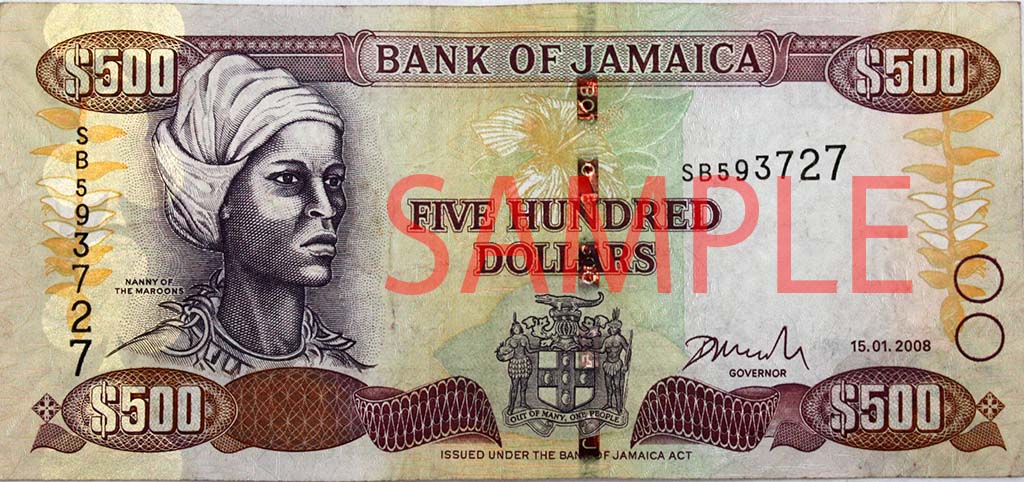Nanny, known as Granny Nanny, Grandy Nanny, and Queen Nanny was a Maroon leader and Obeah woman in Jamaica during the late 17th and early 18th centuries. Maroons were slaves in the Americas who escaped and formed independent settlements. Nanny herself was an escaped slave who had been shipped from Western Africa. It has been widely accepted that she came from the Ashanti tribe of present-day Ghana.
Nanny and her four brothers (all of whom became Maroon leaders) were sold into slavery and later escaped from their plantations into the mountains and jungles that still make up a large proportion of Jamaica. Nanny and one brother, Quao, founded a village in the Blue Mountains, on the Eastern (or Windward) side of Jamaica, which became known as Nanny Town. Nanny has been described as a practitioner of Obeah, a term used in the Caribbean to describe folk magic and religion based on West African influences.
Nanny Town, placed as it was in the mountains away from European settlements and difficult to assault, thrived. Nanny limited her attacks on plantations and European settlements and preferred instead to farm and trade peacefully with her neighbors. She did however make numerous successful raids to free slaves held on plantations and it has been widely accepted that her efforts contributed to the escape of almost 1,000 slaves over her lifetime.
While Nanny lived, Nanny Town and the Windward Maroons thrived and multiplied. The British colonial administration became embarrassed and threatened by the successes of the Maroons. Plantation owners who were losing slaves and having equipment and crops burned by Maroon raiders demanded that colonial authorities act. Hunting parties, made up of British regular army soldiers, militiamen, and mercenaries (many from the free black community), scoured the Jamaican jungles.
Captain William Cuffee, known as Captain Sambo, is credited as having killed Nanny in 1733 during one of the many and bloody engagements of the war. The war itself lasted from 1720 until a truce was declared in 1739; Cudjoe, one of Nanny’s brothers and a leader during the Maroon War, was the driving force behind the treaty. After Nanny’s death, many of the Windward Maroons moved across the island to the more sparsely inhabited Western (or Leeward) side of Jamaica. Nanny Town was eventually captured by the British and destroyed in 1734.
Nanny’s life and accomplishments have been recognized by the Government of Jamaica and she has been honored as a National Hero and awarded the title of “Right Excellent”. Currently, there are only seven such National Heroes and Nanny is conspicuous as the only woman. A modern portrait of Nanny, based on her description, appears on the Jamaican $500 note, the largest banknote in circulation in Jamaica.


